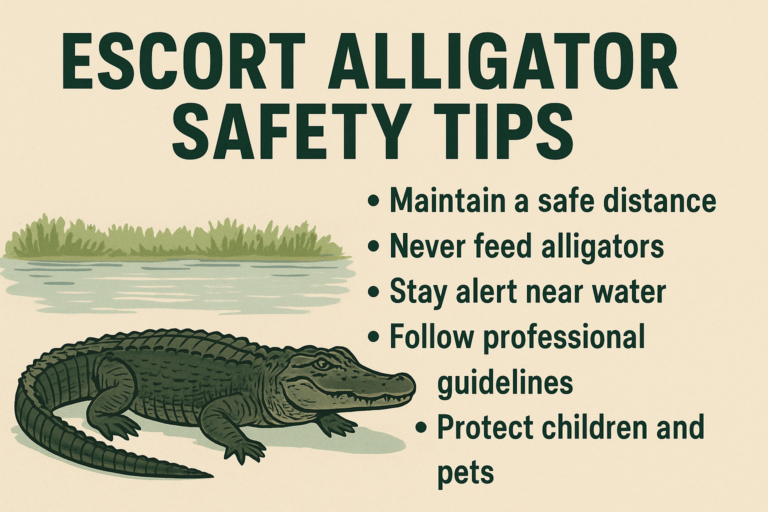Introduction
Virginia has always been at the forefront of traffic innovation. One of its major developments was the introduction of the Continuous Flow Intersection (CFI) to ease congestion. However, in 2014, a strange incident involving a Hummer at one of these intersections made headlines. This blog will explore Virginia’s CFI system, its benefits, and the bizarre Hummer accident that brought it into the spotlight.
What Is a Continuous Flow Intersection?
A Continuous Flow Intersection (CFI) is a unique road design that helps reduce traffic delays. Instead of waiting for left turns at a single point, vehicles move into a designated lane before reaching the main intersection. This eliminates left-turn backups and keeps traffic flowing smoothly.
Key Features of a CFI:
- Early left-turn lanes separate turning vehicles from the main road.
- Fewer stoplights, reducing delays.
- Improved traffic flow, especially during peak hours.
- Enhanced safety, with fewer crash points.
Virginia implemented CFIs in several locations to manage traffic congestion. However, not everyone adjusted well to the change, leading to some confusion and accidents.
The 2014 Hummer Incident: What Happened?
In 2014, a Hummer driver miscalculated a turn at a CFI in Virginia, leading to a crash that gained media attention. Witnesses reported that the driver seemed unfamiliar with the intersection’s layout and attempted an illegal turn. This resulted in a collision that blocked traffic for hours.
Why Did This Happen?
Several factors contributed to the accident:
- Driver Confusion: The Hummer driver was unfamiliar with the CFI design.
- Poor Signage: Some critics argued that early CFIs lacked clear instructions.
- Aggressive Driving: Large vehicles like Hummers require more space, making sudden lane shifts risky.
- Lack of Public Awareness: In 2014, CFIs were still new to many Virginia drivers.
The accident sparked discussions about whether CFIs were too complex for everyday drivers or if better signage and public education could prevent such incidents.
How CFIs Have Improved Since 2014
After the Hummer incident, Virginia transportation officials made several improvements:
- Better Signage: More visible signs now guide drivers through CFIs.
- Public Education Campaigns: Officials launched awareness programs to educate drivers.
- Improved Road Markings: Clearer lane indicators help reduce confusion.
- Enhanced Traffic Monitoring: Cameras and sensors help manage traffic flow better.
Today, CFIs are more effective and widely accepted by Virginia drivers.
Pros and Cons of Continuous Flow Intersections
Pros:
- Reduced Congestion: Traffic moves more efficiently, even in busy areas.
- Fewer Delays: Left-turning vehicles don’t block main lanes.
- Lower Accident Rates: Well-designed CFIs reduce side-impact crashes.
Cons:
- Learning Curve: Some drivers struggle with the new layout.
- Expensive to Build: Initial costs are higher than traditional intersections.
- Not Suitable for All Locations: CFIs work best in high-traffic areas.
Conclusion
The 2014 Hummer incident at a Virginia Continuous Flow Intersection highlighted the challenges of adapting to new traffic systems. While CFIs were designed to improve traffic flow, early issues like driver confusion and unclear signage led to some accidents. Over time, Virginia improved its CFI system with better signage, education, and design changes. Today, these intersections help keep traffic moving smoothly.
Virginia’s experience shows that while innovation is necessary, proper education and infrastructure updates are just as important.
FAQs
1. What is a Continuous Flow Intersection?
A CFI is a road design that moves left-turning vehicles into a separate lane before they reach an intersection. This reduces congestion and improves traffic flow.
2. Why did the Hummer accident happen in 2014?
The driver was likely confused by the new CFI design, which led to an illegal turn and a crash.
3. Are CFIs still used in Virginia?
Yes! Virginia continues to use and improve CFIs, adding better signage and public awareness campaigns.
4. Are CFIs safer than traditional intersections?
Generally, yes. They reduce traffic delays and lower the chances of side-impact collisions.
5. What should I do if I approach a CFI for the first time?
Stay alert, follow the road signs, and avoid last-minute lane changes. If unsure, slow down and observe other drivers.
By understanding how Continuous Flow Intersections work and learning from past incidents like the 2014 Hummer crash, we can all navigate Virginia’s roads more safely. Drive smart, stay informed, and embrace traffic innovations!








